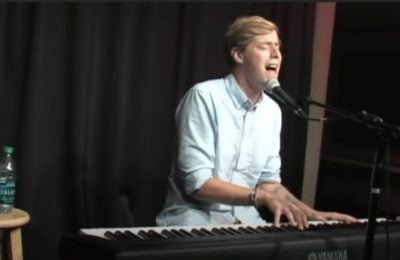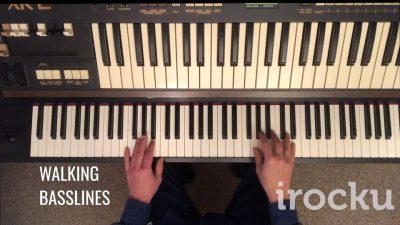Upper Structure Chords are a great way to add flair to your chord voicings. An Upper Structure Chord is a chord that you add on top of the root chord. In this video we use the dominant 7th chord as the root chord. Playing the root chord in your left hand, you can then go up chromatically adding major chords with your right hand. The chords that work best don’t have the 4th(or 11th) or the major 7th because they can clash with the 3rd and dominant 7th of the root; the 3rd and dominant 7th being the notes that define the root chord. You can also try adding minor chords over the root chord. Try playing the Upper Structure Chords in different inversions or you can use them in your improvisations by arpeggiating them. Experiment. Experiment. Experiment. Find a few Upper Structure …
[Read more...] about IROCKU Piano Tip – Upper Structure Chords










